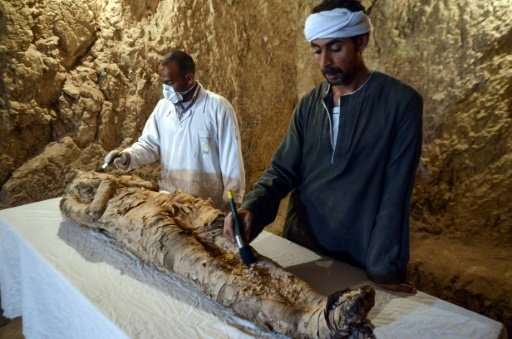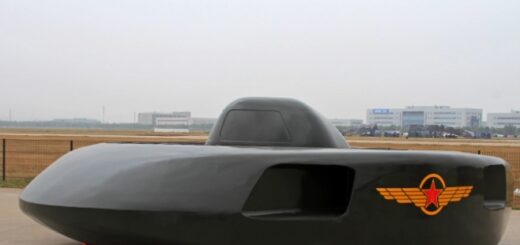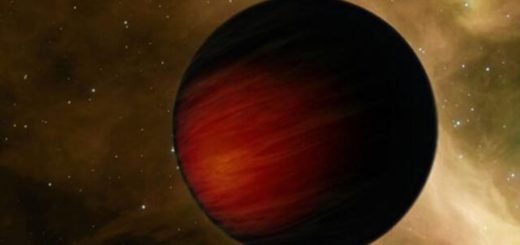Egypt archaeologists discover mummy in Luxor

Egyptian archaeologists have discovered a mummy in one of two previously unexplored tombs across the Nile from the southern city of Luxor, the antiquities ministry said Saturday.
The tombs were found in the 1990s by German archaeologist Frederica Kampp, though she had only reached the entrance gate “but never entered”, the ministry said.
It said that both tombs, which were given numbers by Kampp, were likely to date back to dynasties of the New Kingdom, which lasted several centuries until about 3,000 years ago.
Since Kampp’s discovery, “both tombs were left untouched” an Egyptian archaeological mission started work.
Antiquities Minister Khaled al-Enany was in Luxor to announce the discovery in Draa Abul Nagaa necropolis near the famed Valley of the Kings, where many pharaohs, including Tutankhamun, were buried.
In addition to funerary items, archaeologists found “a mummy wrapped in linen”, the ministry said, adding that “studies suggest the mummy could be for a top official or a powerful person”.
The owner is unidentified, though the ministry said they have two possible identities.
The tomb might belong to “a person named Djehuty Mes whose name was engraved on one of the walls”, the ministry said.
Or it could belong to “the scribe Maati as his name and the name of his wife Mehi were inscribed on 50 funerary cones found in the tomb’s rectangular chamber”.
The other tomb was not excavated and only “uncovered” in April, the ministry said, adding that the tomb’s owner is not yet known.
“The tomb has a court lined with stone and mud-brick walls. It has a six-metre (-yard) deep burial shaft at its southern side that lead to four side chambers,” the ministry said.
“Studies reveal that the tomb was reused in antiquity,” it said.
The tomb contains several artefacts and a depiction of “a person, probably the deceased’s brother, presenting offerings and flowers to the deceased and his wife”.



 Creators of mankind
Creators of mankind Description of “Tall white aliens”
Description of “Tall white aliens” Where they came from?
Where they came from? About hostile civilizations
About hostile civilizations The war for the Earth
The war for the Earth “Tall white aliens” about eternal life
“Tall white aliens” about eternal life Video: “Nordic aliens”
Video: “Nordic aliens” Aliens
Aliens Alien encounters
Alien encounters The aliens base
The aliens base UFO
UFO Technology UFO
Technology UFO Underground civilization
Underground civilization Ancient alien artifacts
Ancient alien artifacts Military and UFO
Military and UFO Mysteries and hypotheses
Mysteries and hypotheses Scientific facts
Scientific facts


















